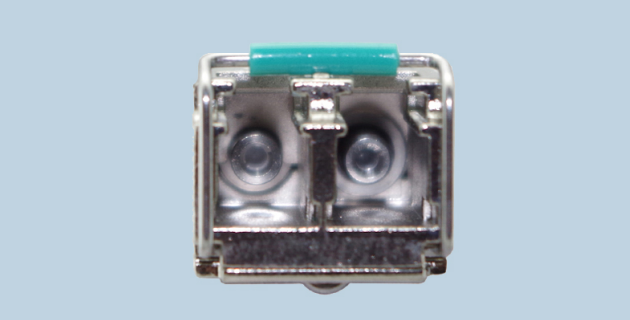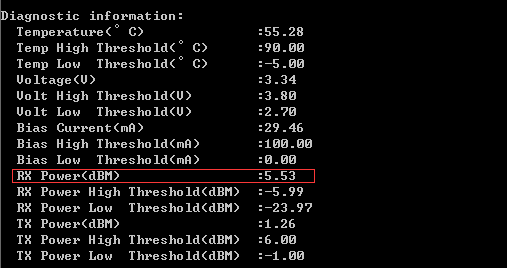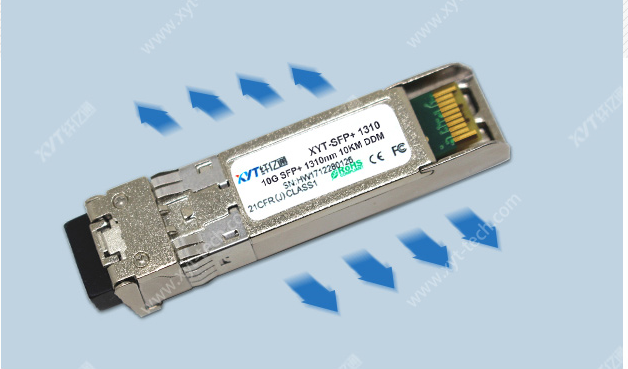

Did you have the problem that loss become bigger in transceiver module using ?
I guess you know the each attenuation everywhere on the optical link will affect the performance in transmission,so how can you ensure all the operation is surefire?
A. Choose optical fiber connectors meet the transceiver standards.
B. Fiber optic connectors should be capped when they are not used, so as to avoid the secondary pollution of light module by fiber optic connectors. When the caps are not used, they should be kept in a dustproof clean place.
C. Fiber optic connector insertion must horizontal alignment to optical port, avoid it be scratched by end interface or sleeve.
D. Avoid long exposure of the optical transceiver module port, cover the optical port when not in use, and store it in the dust-proof clean place when not in use.
E. The end face of the optical fiber connector should be kept clean to avoid scratches.

Light receiver problem
★Each optical module has a certain range of receiving light. When input too strong light power, it will cause the avalanche diode in APD to exceed the limit value and damage. All optical modules over 10 kilometers should avoid direct connection. When testing patch cord direct connection, certain attenuation should be added to the link. When there is an optical fiber amplifier in the link, we should pay more attention to adjust the optical power to the receiving range of the optical module and then connect the receiving port of the optical module.

Heat dissipation problem
★When the optical module is used, it will generate heat continuously and the temperature will rise. We must pay attention to heat dissipation and try to make the temperature of the optical module not exceed 60 degrees Celsius. When the temperature is too high, it is easy to cause packet loss and error, which will directly burn the optical module.

Sharetop’ professional and technical team escorts you after-sales installation and commissioning!!!





